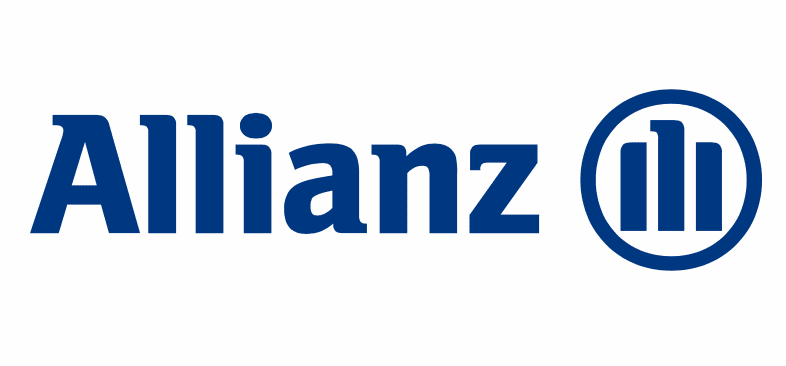Allianz AGCS to expand Alternative Risk Transfer (ART) team

Allianz Global Corporate & Specialty (AGCS) has announced an impending expansion of its Alternative Risk Transfer team, as the global insurance and reinsurance player continues to expand the use of non-traditional risk transfer and capital solutions for its clients.
Within the Allianz group, the AGCS Alternative Risk Transfer (ART) line of business provides corporate risk transfer solutions, reinsurance, and climate solutions, including weather risk transfer, parametric insurance, captive arrangements and structured risk transfer.
The AGCS Alternative Risk Transfer (ART) line of business also provides other services to help ceding companies and clients make their re/insurance coverage more efficient, and works alongside the Allianz Capital Solutions line of business which specialises in insurance-linked securities (ILS) and third-party reinsurance capital related business, such as fronting.
As a result, the AGCS ART team can assist clients to transfer risk into the capital markets, through structures including catastrophe bonds or other forms of insurance-linked securities (ILS).
Its fronting for ILS capital partners business offering has also been a significant area for the company over the years, where the Allianz balance-sheet assists ILS fund managers and investors to access sources of insurance and reinsurance risk.
So, it’s a really core and growing piece of the Allianz operation and today an expansion was announced.
The company is seeing growing interest in the ART product offering, so today said it is making a dedicated investment to add 20 new roles to broaden its ability to service clients.
AGCS’ ART business will also expand its offering, particularly in structured solutions and captive solutions, including a captive fronting service.
The goal is to help clients and cedents access protection and transfer risk off their own balance-sheets where traditional insurance is unavailable, or too expensive to cover key business concerns.
AGCS ART has a “realigned risk appetite and underwriting strategy” the company said today, with growth targeted in captive solutions and captive fronting, plus structured solutions such as multi-year and multi-line coverages, including parametric risk transfer.
The AGCS ART team is already 90 strong, but now 20 new roles will be added to strengthen the business in all areas from modeling and underwriting to legal expertise and claims.
“With its strong expertise and special offering, our ART team can support businesses in the current environment of enormous uncertainty. Many of our clients seek bespoke solutions for an increasing array of risk scenarios from traditional to non-traditional such as supply chain or sustainability-related risks,” explained Shanil Williams, Chief Underwriting Officer Corporate of AGCS. “With our ART line of business, we have a strong track record and market share in alternative risk transfer and aim to further grow our capabilities and footprint in this sophisticated segment. From our perspective, alternative and traditional risk transfer are very much complementary and we aim to realize the most suitable solution for each customer with one or the other or a combination of both.”
“Our cross-functional deal teams leverage diverse skills, and together we are looking at risks from a fundamentally different perspective,” added Grant Maxwell, Global Head of ART, AGCS.
In 2021, the AGCS ART business contributed about 5% to the companies’ global net premium volume, but now AGCS will invest to support profitable portfolio growth at ART, as well as providing more capacity to the ART unit to capitalise on market opportunities.
Captive business is seen as another opportunity, as increasing numbers of corporate clients turn to them for risk management.
Brian McNamara, AGCS’ Head of Captive Solutions based in Bermuda said, “In the past two years many organizations turned to captives by establishing new in-house insurance programs or expanding existing ones by adding new lines of coverage such as cyber or even third-party risk from customers or suppliers. We can help captive parents get the most out of their captive and maximizing the benefits of self-insurance leveraging our captive expertise in combination with our wider alternative risk transfer capabilities.”






